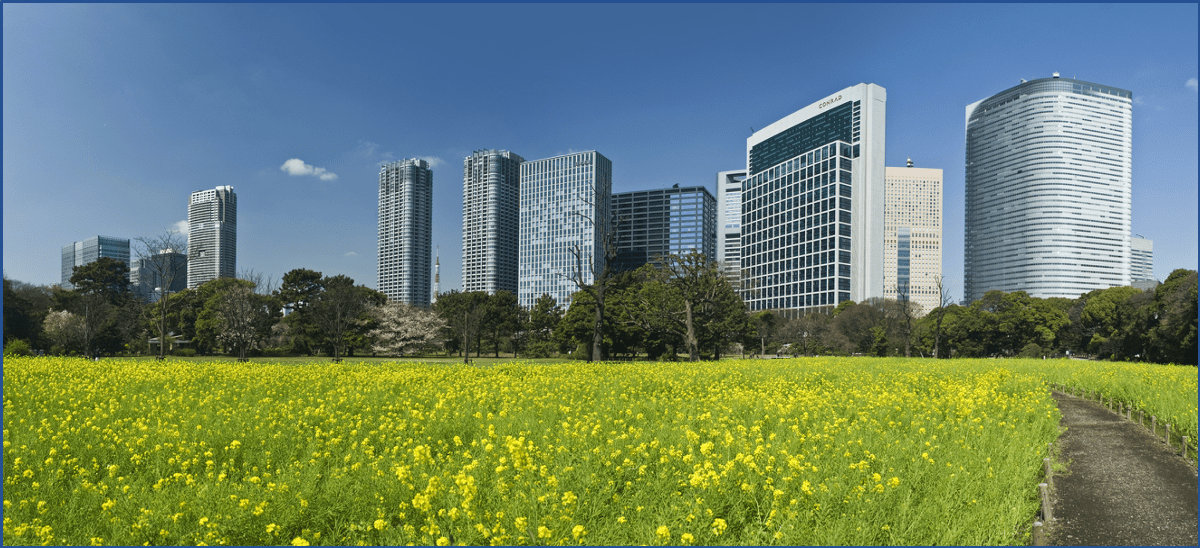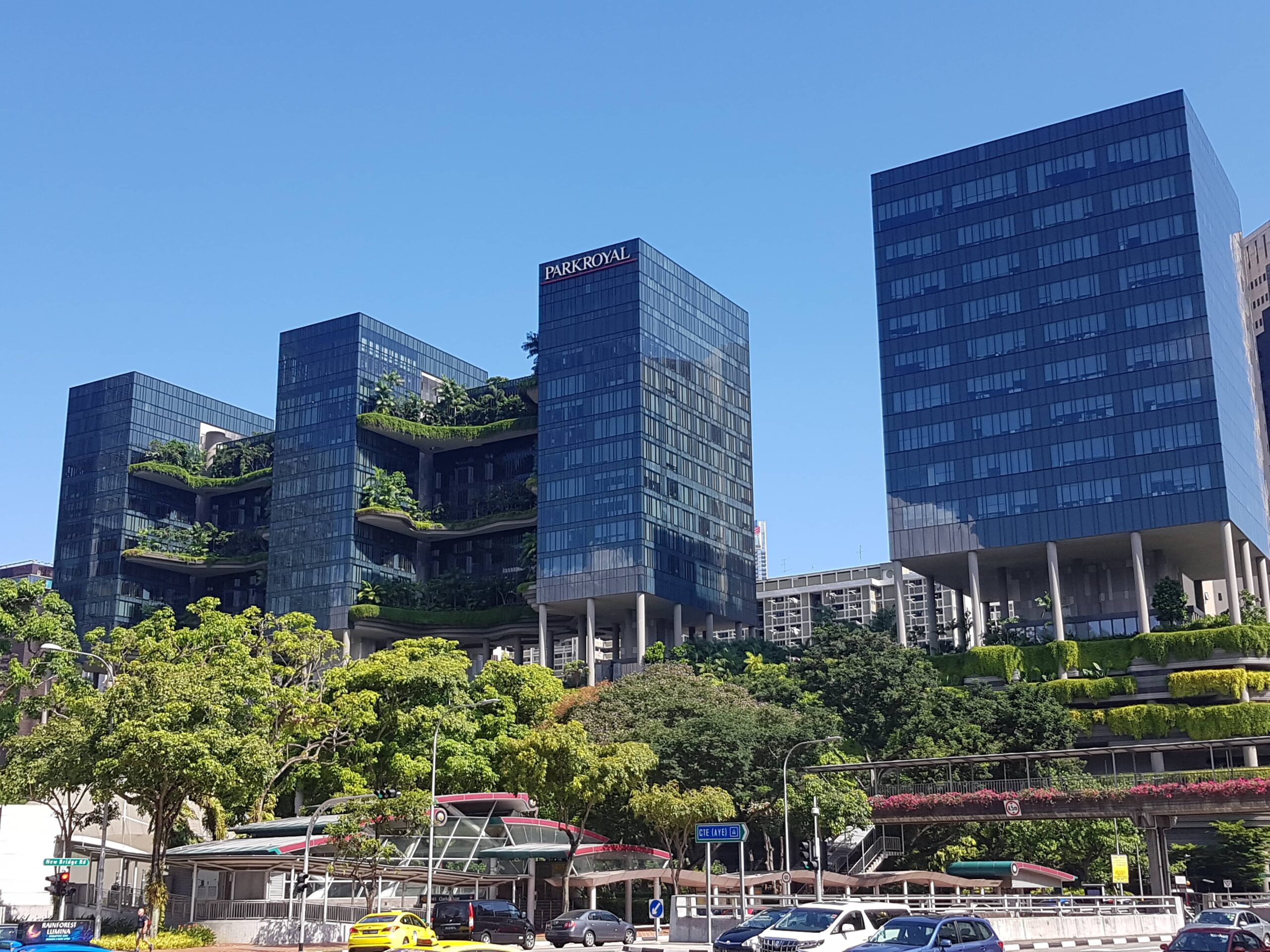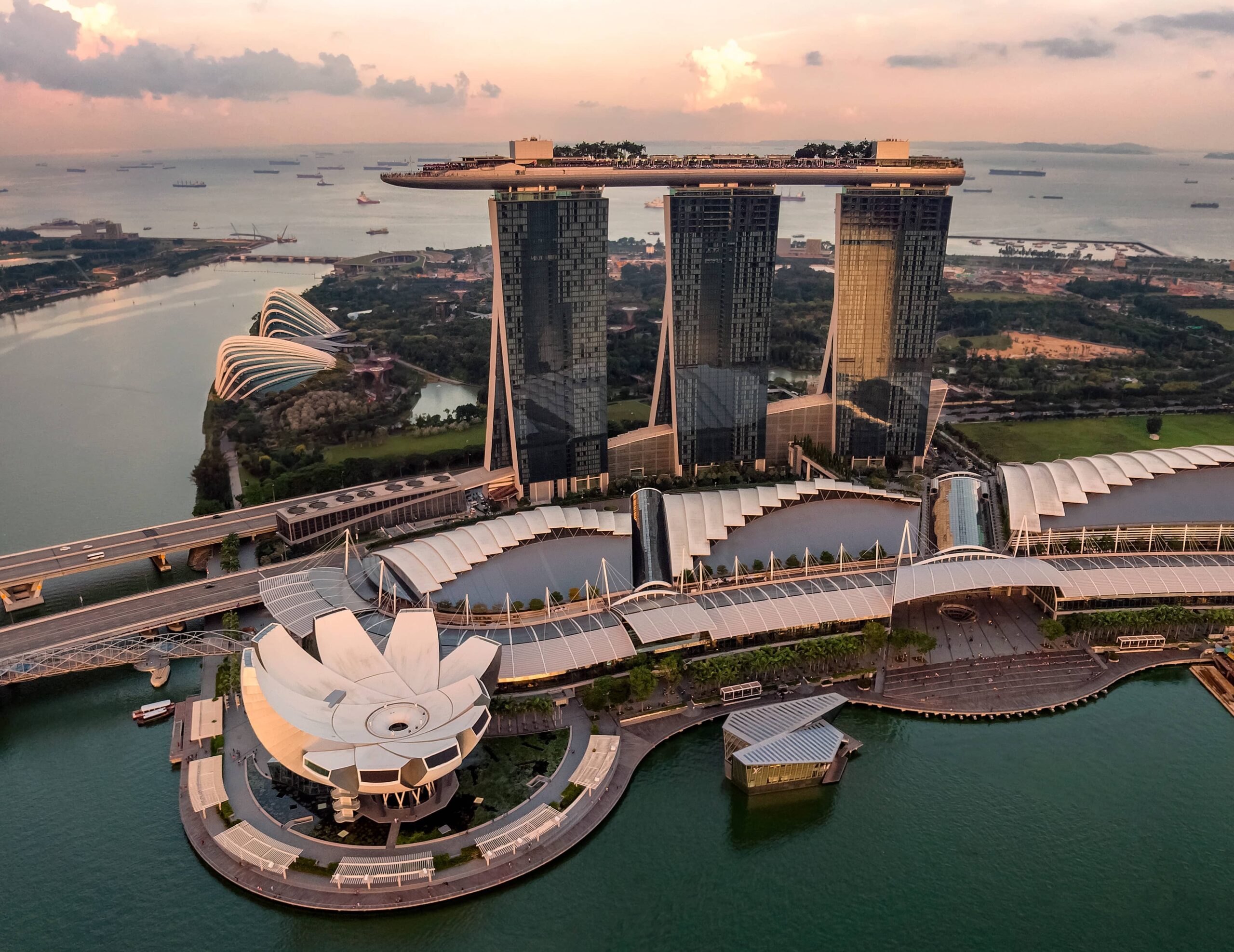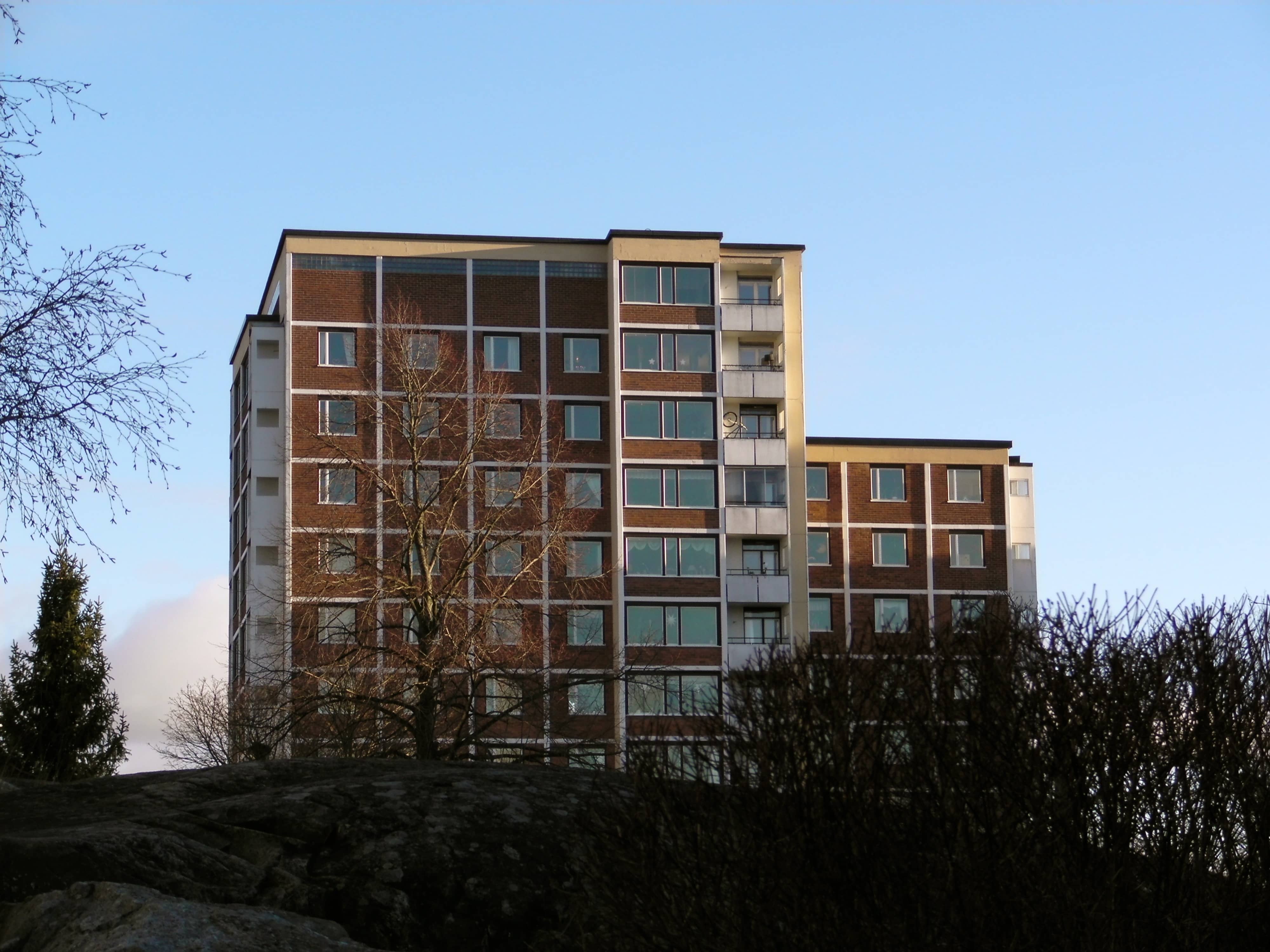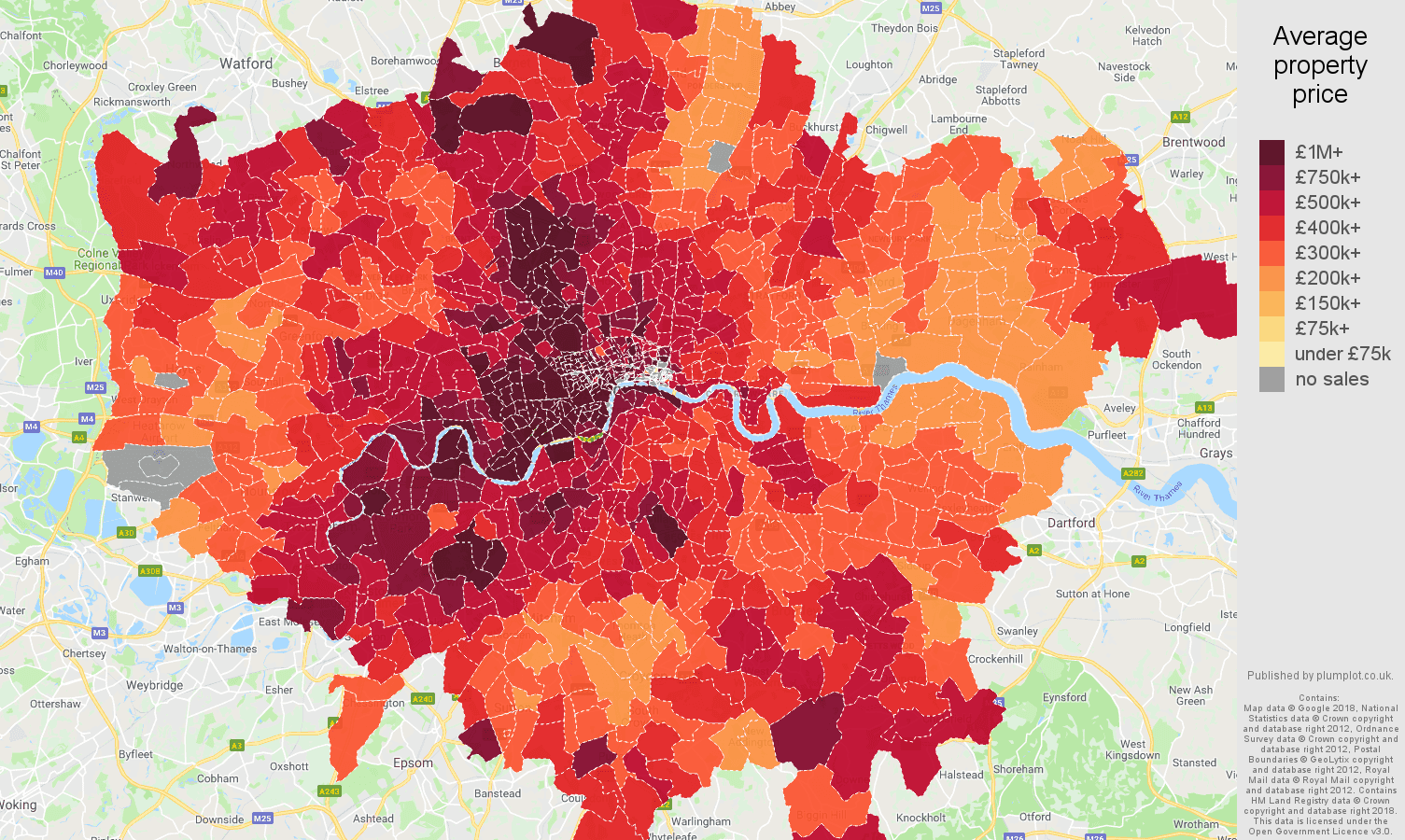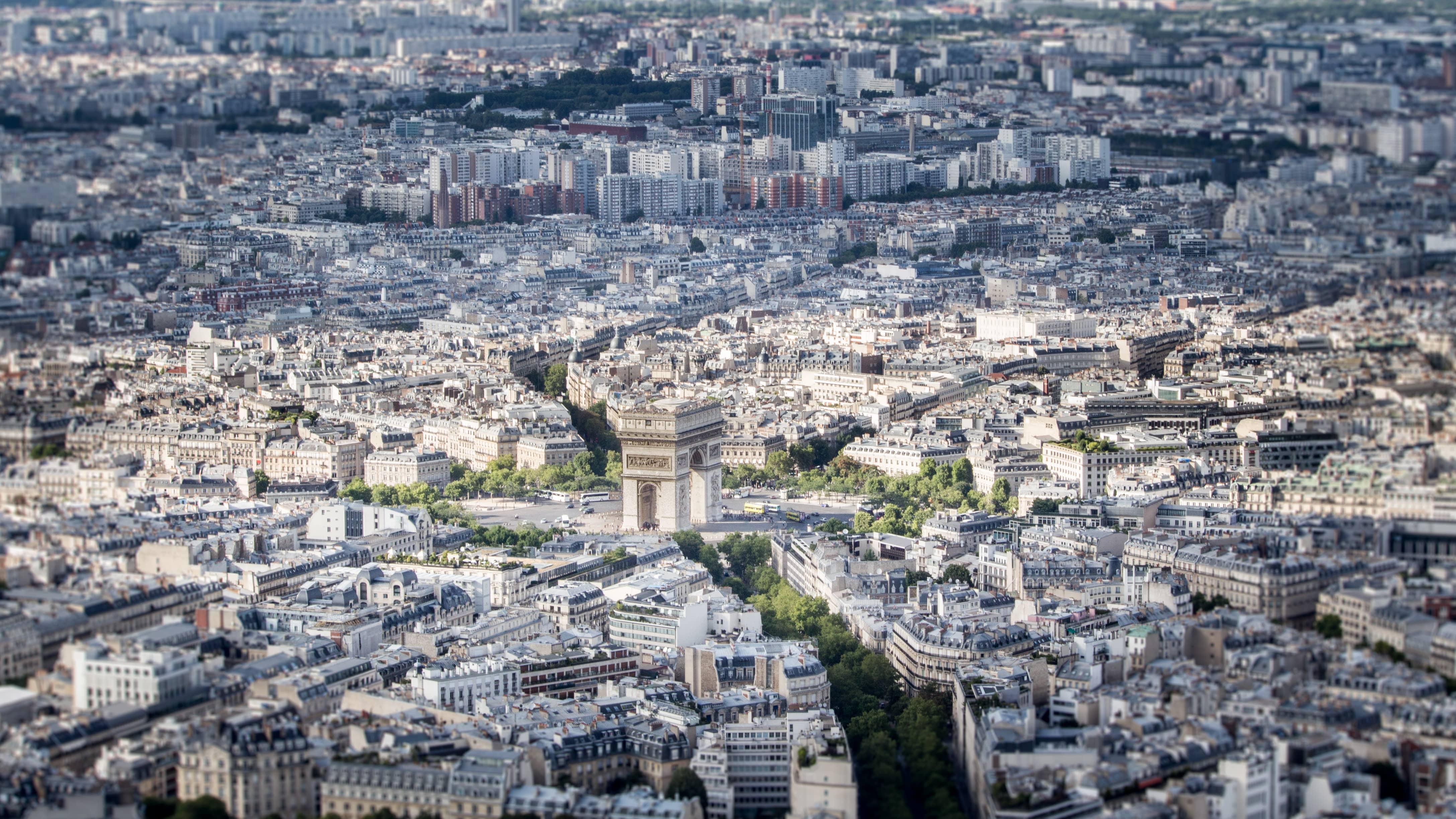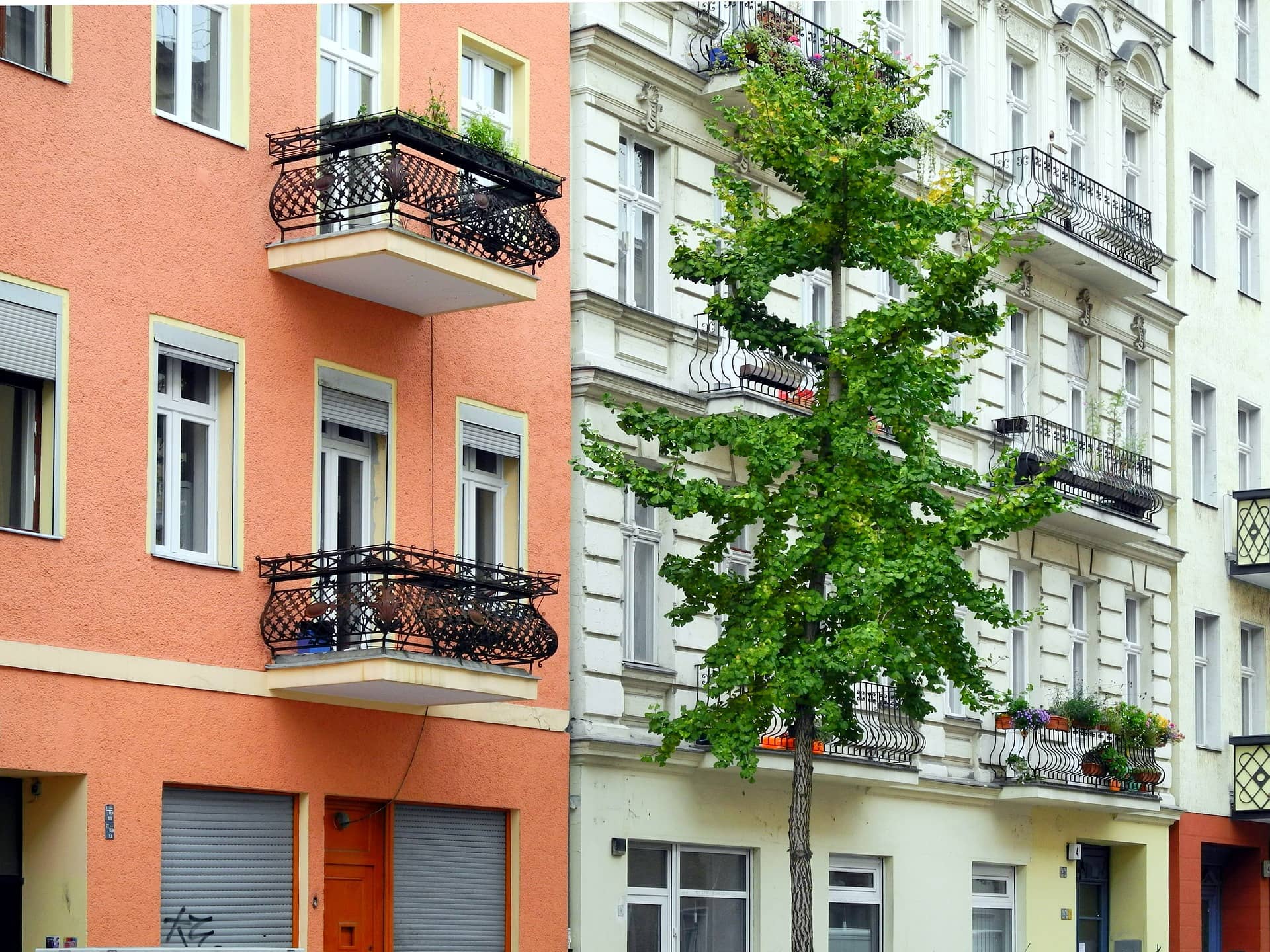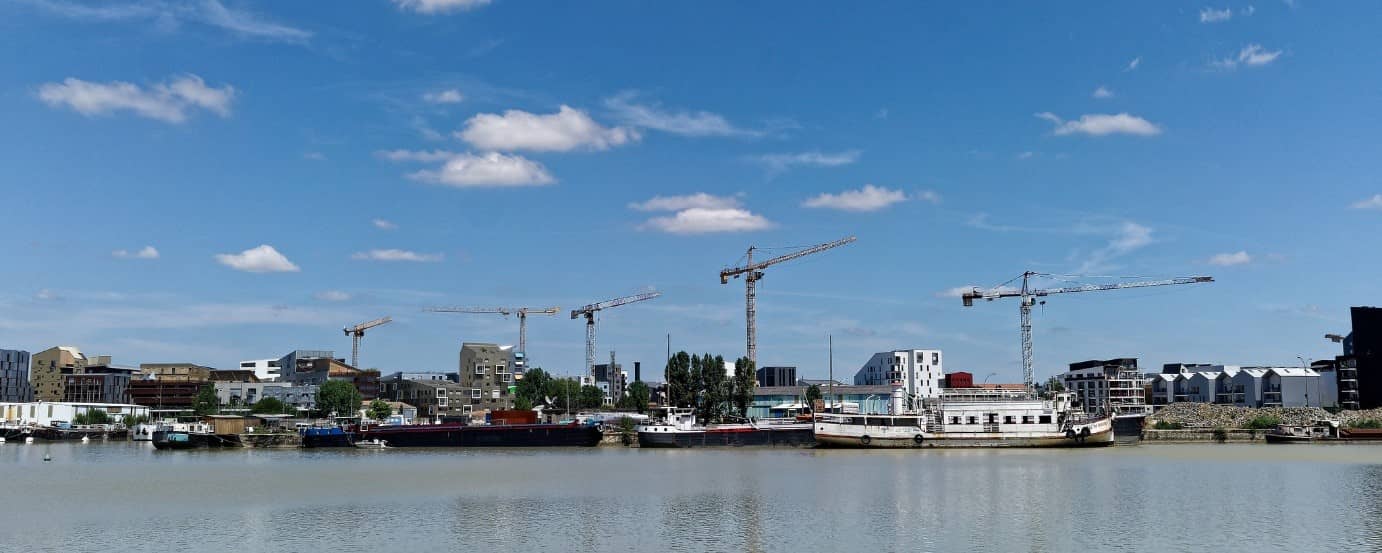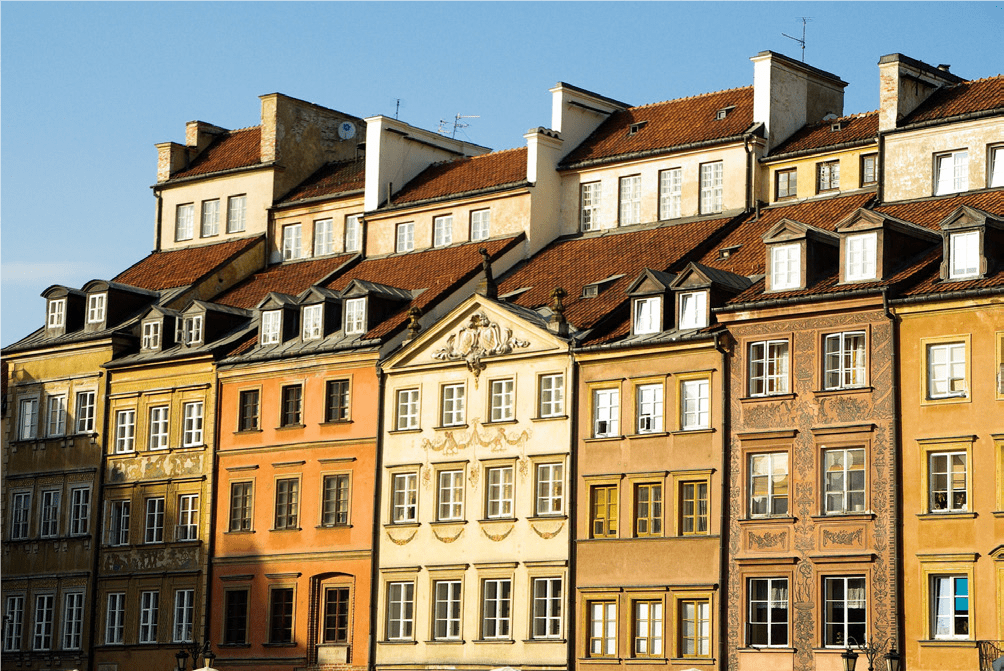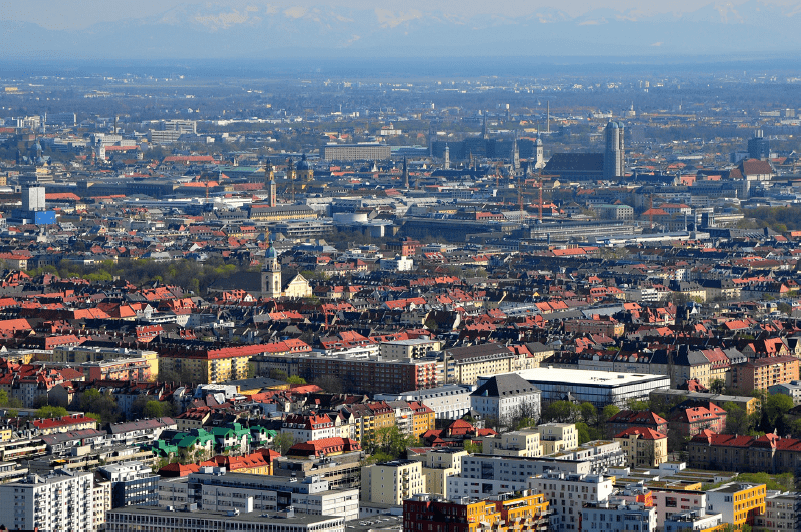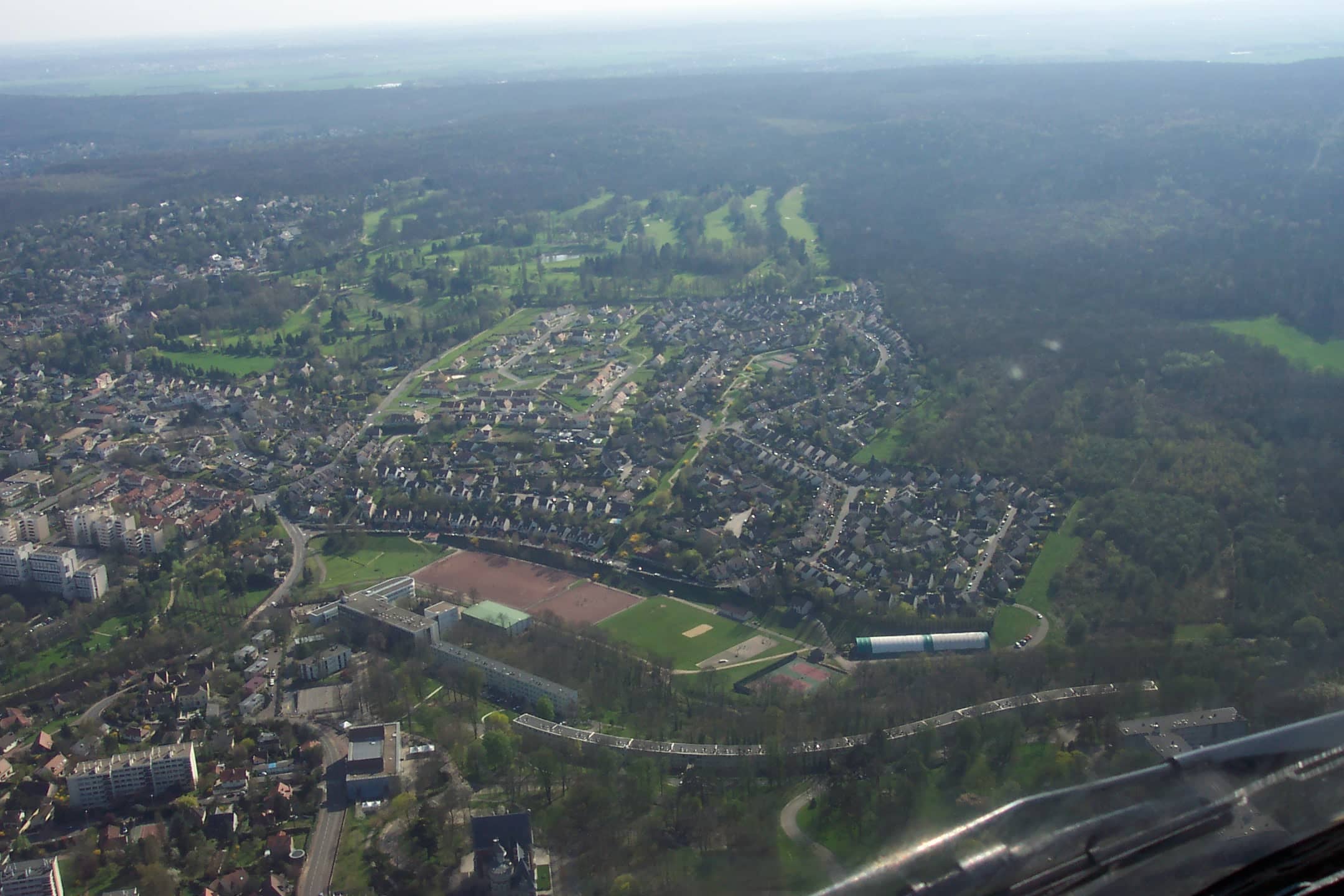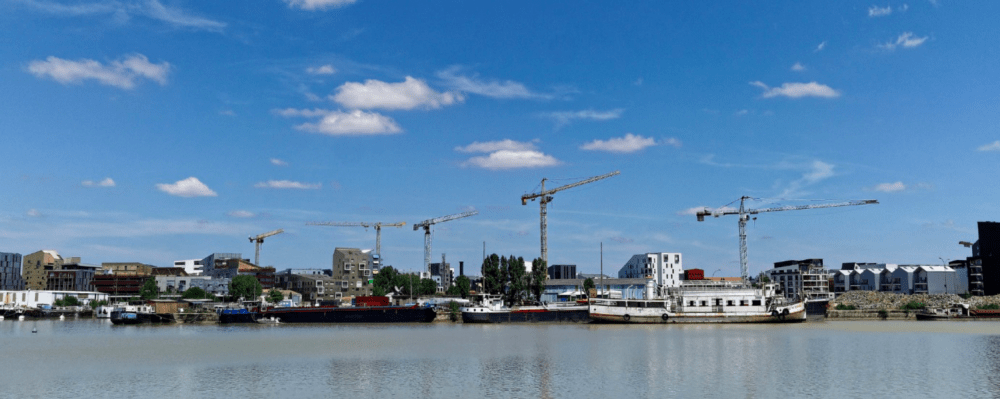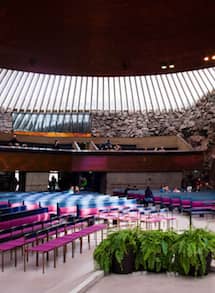

The city, infinitely? On the edge of the urban phenomenon….
Through the combined effects of globalization, previous industrial revolutions, and the Fordist paradigm of (peri-)urban development, the city has changed in both scale and nature, and the urban phenomenon has spread to all territories. Today, 55% of the world’s population lives in cities and this proportion is constantly increasing, so much so that the notion of city is raising questions about its limits, whether epistemological, philosophical, or ontological, and about the very existence of these limits.
Between sprawl, verticalization, virtualization, François Ascher’s concept of “metapolization”, but also contraction or even selective or spontaneous abandonment of certain spaces, can the urban phenomenon grow indefinitely? Marc Bourdier, an architect and professor at the École Nationale Supérieure d’Architecture (ENSA), and Jérôme Ansaldi, Deputy Director of BATEG at VINCI Construction France, were invited by La Fabrique de la Cité to discuss the limits of urbanization dynamics.
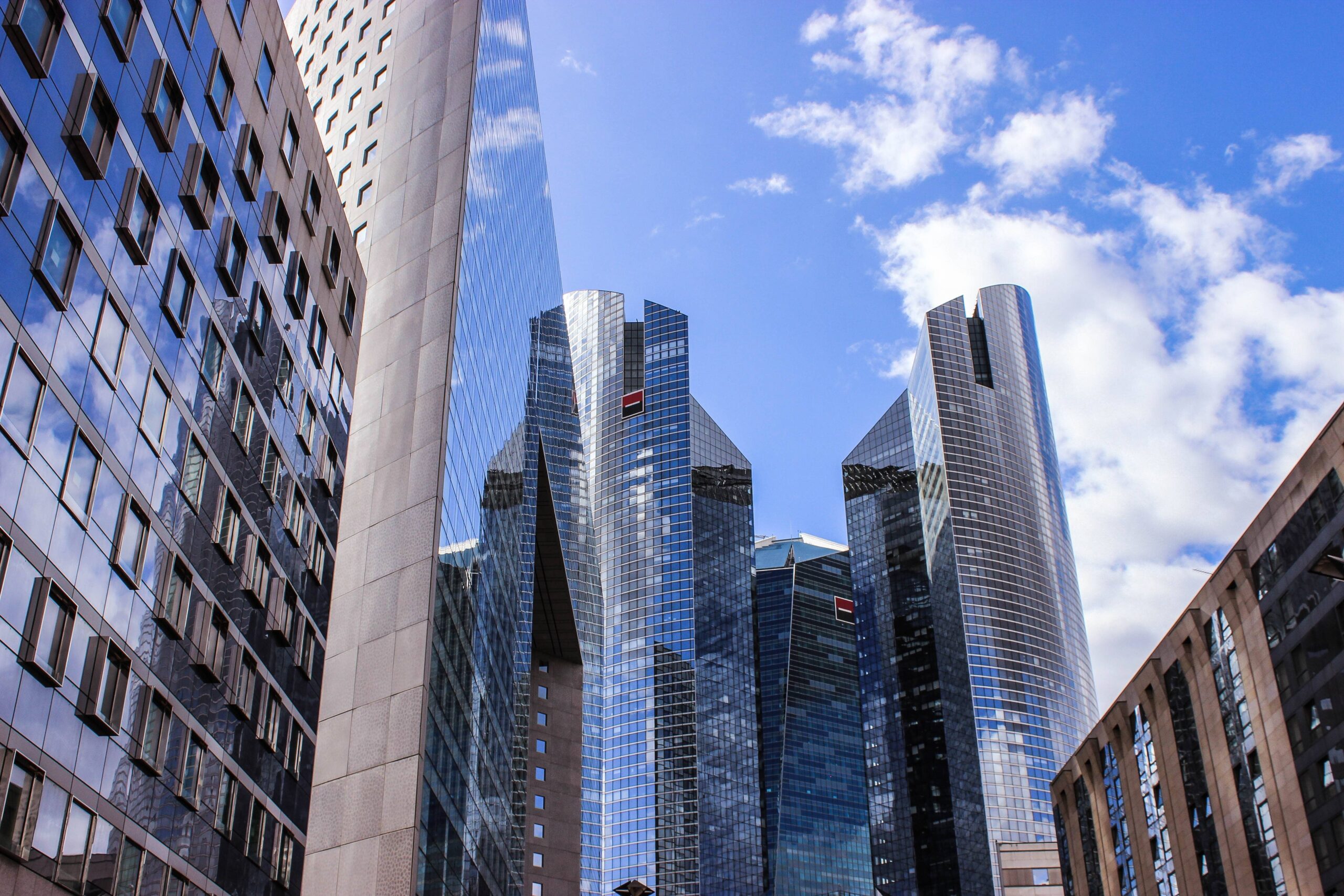
Japan, between continuous urbanization and declining margins
Japan is home to certain paradoxical phenomena that make it an interesting case study when it comes to the question of urban borders. The country, with half the surface area and twice the population of France, concentrates a quarter of its population along the Osaka-Tokyo axis, which is urbanized continuously over 500 kilometers. On a more local scale, Tokyo’s development is also accompanied by an artificialization of the bay.
In contrast to these dynamic urbanization fronts, the country’s demographic decline is reflected in the abandonment of entire neighborhoods, emptied of their inhabitants, particularly in the outskirts. This contraction is coupled with a return of the population to the city centers as they attempt to get closer to urban amenities. Marc Bourdier wonders about the nature of urban margins: are they spatial or social? Are they peripheral or can they be found in the very heart of the city? He mentioned, in his concluding remarks, the hypothesis of an infinite city in a finite world.
La Défense, the infinity of heights
For Jérôme Ansaldi, La Défense is the epitome of the infinite city. Built as an extension of the city of Paris, this peripheral district has gradually become the leading business center in continental Europe. With three million square meters of office space, 600,000 square meters of housing, and a large shopping center, La Défense has acquired the status of a full-fledged urban hub and now faces the triple challenge of digitalization, inclusion, and sustainability.
The 60-year-old district remains resolutely modern and is constant evolving, with a record number of projects and iconic towers such as the new Saint-Gobain Tower and its panoramic elevator. According to Jérôme Ansaldi, the new tower projects (Tours Duo, Tour Triangle…) have the particularity of calling the monofunctional use of the vertical building into question: for example, one of the Tours Duo, which will be home to Natixis’s new headquarters, will host a hotel on its top floor. Several challenges are at stake in the development of urban verticality: the importance of engaging with political institutions, the integration of the the construction site into the city with the aim of limiting pollution and nuisances, and the taking into account of the building’s lifecycle – as illustrated by the conversion of the Pleyel Tower.
These other publications may also be of interest to you:
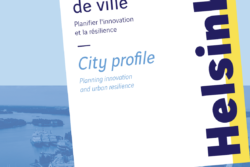
Helsinki : Planning innovation and urban resilience

Forget 5th Avenue
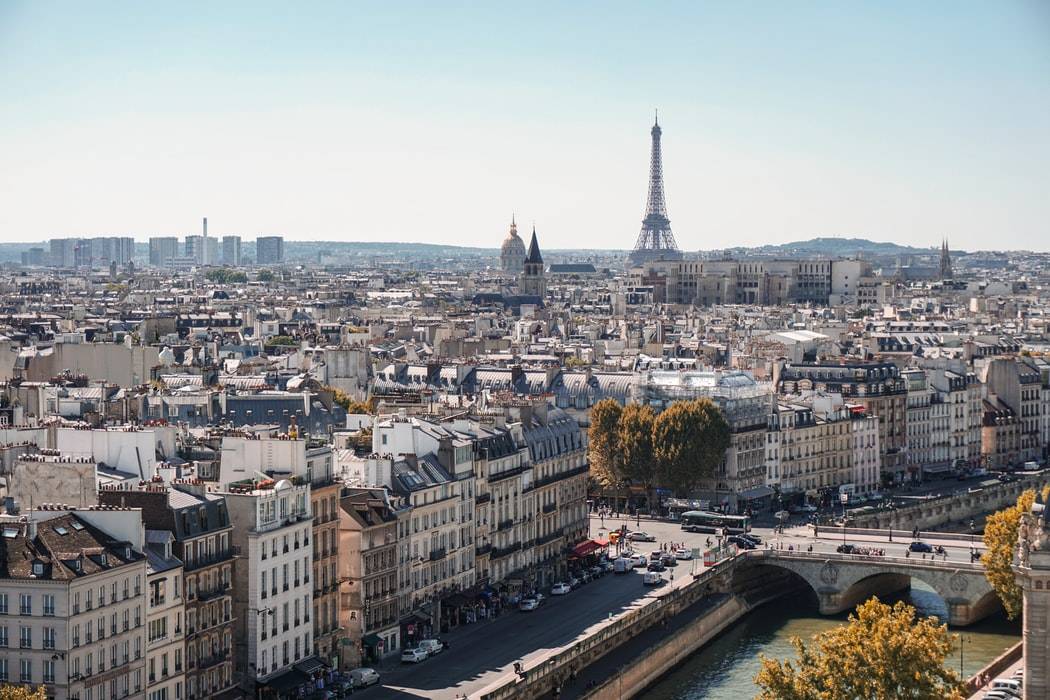
Long live urban density!
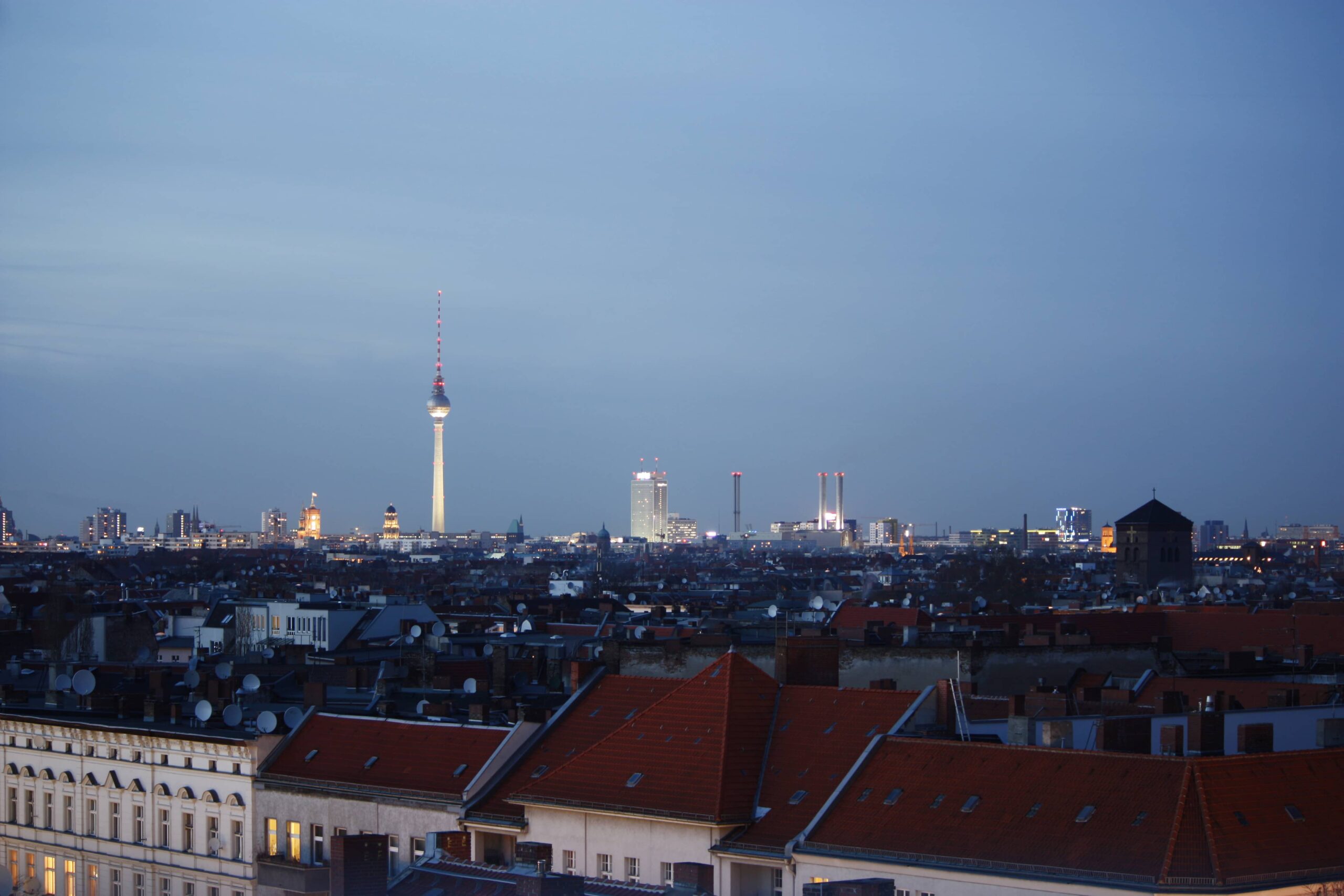
German metropolises and the affordable housing crisis
La Fabrique de la Cité
La Fabrique de la Cité is a think tank dedicated to urban foresight, created by the VINCI group, its sponsor, in 2010. La Fabrique de la Cité acts as a forum where urban stakeholders, whether French or international, collaborate to bring forth new ways of building and rebuilding cities.


















